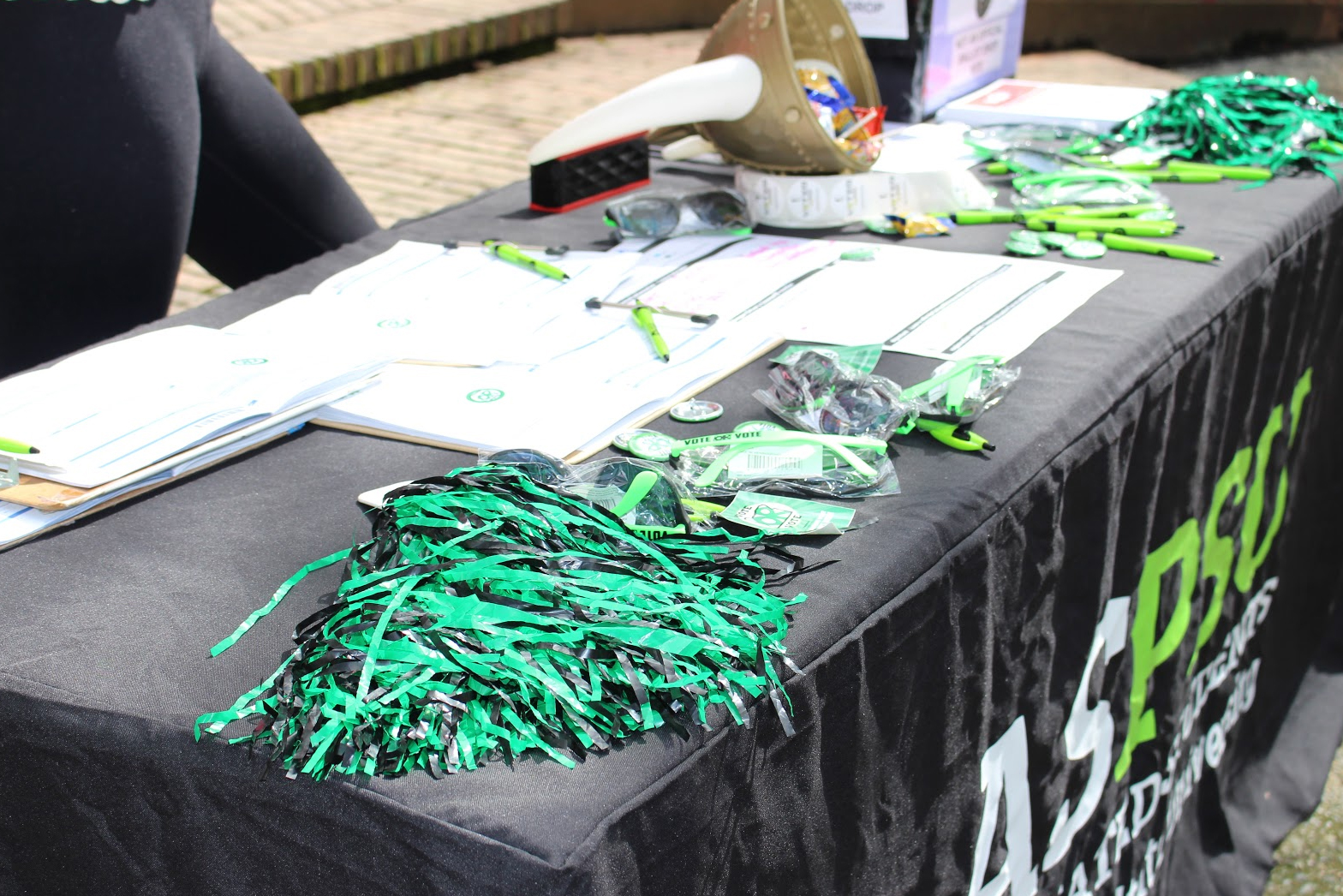Editor’s note:
The International Section felt that it is necessary to recognize the Brussels attacks, though there’s been extensive coverage from outside sources. Thus, we have created a timeline of events leading up to the attacks as well as information that developed following the acts.
Nov. 13: Paris is attacked by ISIS through numerous suicide bombings and mass shootings leaving over 130 dead and hundreds more wounded throughout the city.
March 18: The only surviving suspect, Salah Abdeslam, was arrested and taken alive in Brussels after a four-month manhunt following the Paris attacks, which he claims to have had minor involvement.
March 22: Brussels is left in a state of mourning for over 30 dead and 250 wounded, after a suicide bomb at 8 a.m. in Zaventem Airport and an explosion at 9 a.m. at Maelbeek Metro Station. ISIS claimed responsibility for the multiple attacks in a statement released by ISIS accomplice Amaq News Agency.
March 25: U.S. Secretary of State John Kerry visited Brussels on Friday where he stated Americans were among the casualties caused by the Brussels attacks.
We have confirmation from Rachel Goff, student advisor for Europe, that all Portland State students studying abroad in Europe are safe.
Suspects:
A photograph captured by Zaventem surveillance cameras shows a man wearing a hat and jacket next to two men with single gloves on each of their left hands—the gloves are believed to be triggers.
The identity of these three suspects has resulted in much speculation; the man in the center of the photo is believed to be Belgian born Brahim el-Bakraoui.
Brahim’s brother (not photographed) is linked to the Paris attacks and believed to be the suicide bomber on the train leaving Maelbeek Metro Station.
Nam Laachraoui—pictured far left in the photo—has caused much consideration as to whether he blew himself up alongside Brahim or has fled Brussels.
Lastly, the man in the coat and hat is yet to be identified.







